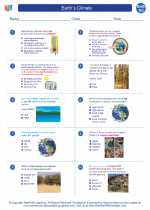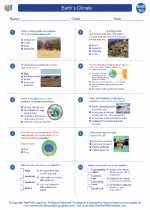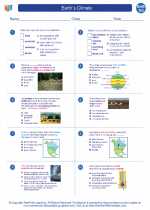Pyroclastic Flows
Pyroclastic flows are one of the most dangerous and destructive volcanic phenomena. They are fast-moving, extremely hot mixtures of volcanic ash, rock fragments, and gases that flow down the slopes of a volcano during an eruption. These flows can reach speeds of up to 700 km/h (450 mph) and temperatures of 800°C (1,470°F), and they can travel long distances, burying everything in their path.
Causes of Pyroclastic Flows
Pyroclastic flows are typically generated during explosive volcanic eruptions when the eruption column collapses, releasing a dense, turbulent mixture of rock fragments, ash, and volcanic gases. This mixture then cascades down the flanks of the volcano under the force of gravity, creating a pyroclastic flow.
Effects of Pyroclastic Flows
The impacts of pyroclastic flows can be catastrophic. They can destroy everything in their path, including buildings, vegetation, and infrastructure. The extreme heat of the flow can cause fires and incinerate anything in its way. In addition, the high speed and density of pyroclastic flows make them particularly deadly to anyone in their vicinity.
Study Guide
- What are pyroclastic flows?
- How are pyroclastic flows formed?
- What are the effects of pyroclastic flows?
- Discuss the speed and temperature of pyroclastic flows.
- Why are pyroclastic flows considered dangerous?
[Pyroclastic Flows] Related Worksheets and Study Guides:
.◂Earth Science Worksheets and Study Guides High School. Earth`s Climate

 Worksheet/Answer key
Worksheet/Answer key
 Worksheet/Answer key
Worksheet/Answer key
 Vocabulary/Answer key
Vocabulary/Answer key
 Vocabulary/Answer key
Vocabulary/Answer key
 Vocabulary/Answer key
Vocabulary/Answer key
